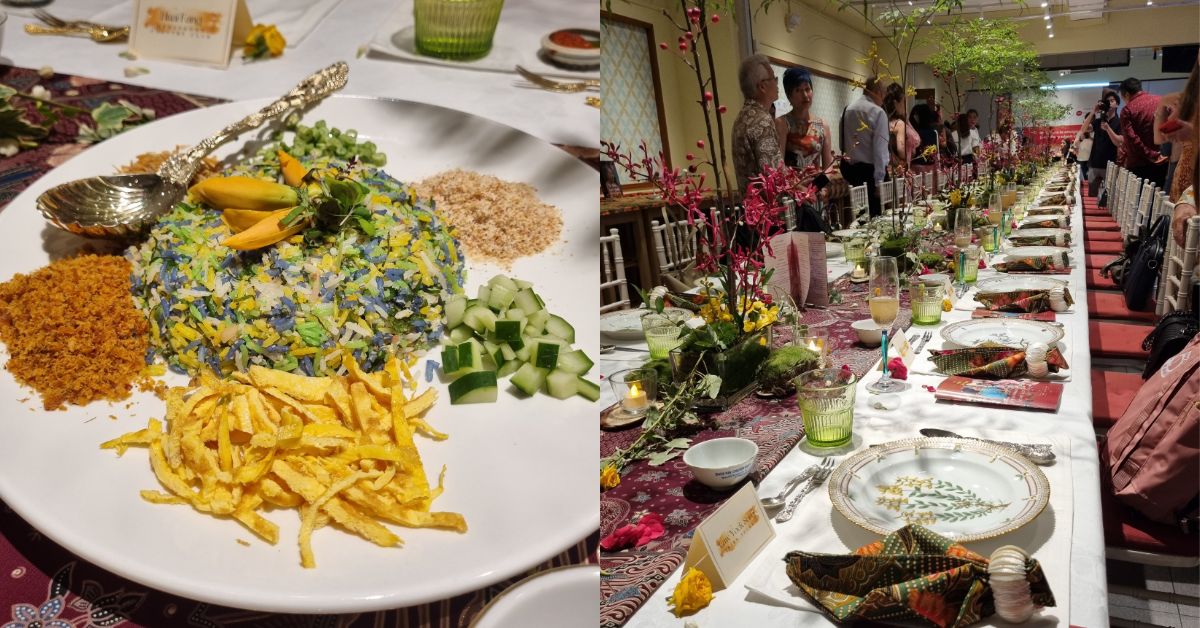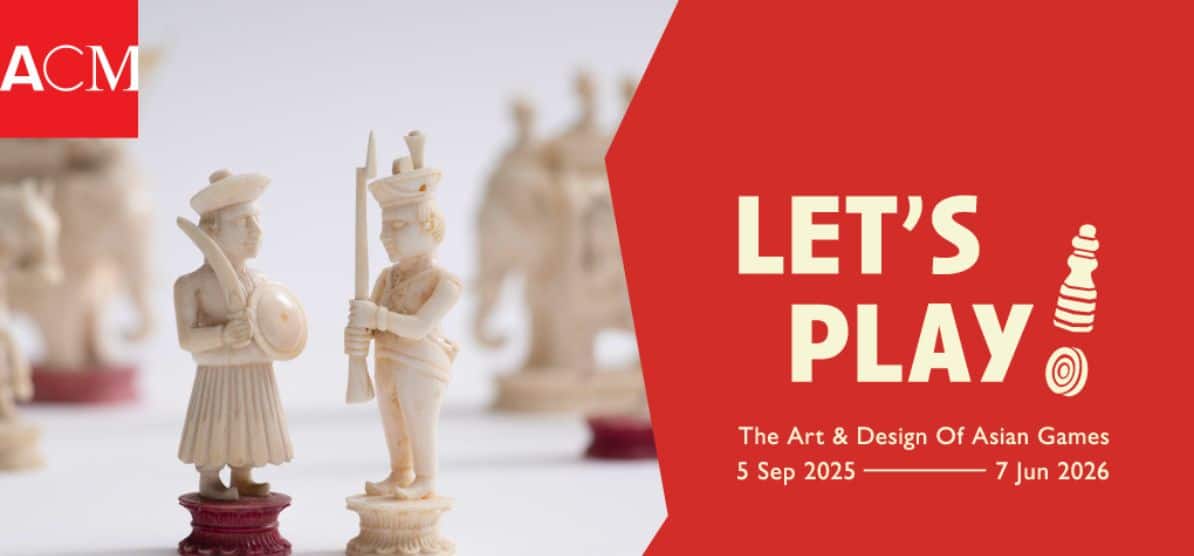
Architectural styles come together in a comfortable mix of old and new in the often overlooked area of Balestier Plain.
Nestled within the boundaries of Balestier Road, Jalan Kebun Limau, Towner Road, and Serangoon Road, this area is brimming with history and captivating sights.
The area is named after Joseph Balestier, the first United States consul to Singapore.
And here’s a piece of trivia to note: Balestier’s wife was Maria Revere, the daughter of Paul Revere, a legend in American history.
He made the famous ‘Midnight Ride’ in 1775 shouting his warning “The British are coming!”.
Advertisement
Balestier sports a mix of styles
My walk started at the striking ‘1953’ mixed development, a small architectural treasure blending classic shop design with that of a modern condominium.
What makes it fascinating is the name—every time I see it, memories of my childhood in the 1950s surface. (I was just 5 when this structure originally took shape.)
‘1953’ serves as another reminder of the many transformations in Singapore over the decades.
As I continued down Balestier Road, I passed by the Singapore Khalsa Association, Singapore Chinese Recreation Club, Singapore Indian Association, and Ceylon Sports Club, which together form a uniquely Singaporean cultural mosaic:
- The Singapore Khalsa Association, established in 1931, is a renowned hub for Sikhs to hone their sporting skills.
- The Singapore Chinese Recreation Club, dating back to the colonial era, stands as a testament of the spirit of Asians forming sporting clubs for Asians during a time when many clubs catered to expats.
- The Singapore Indian Association, founded in 1923, boasts a pan-Indian identity that transcends ethnicity.
- The Ceylon Sports Club, established in 1928, destroyed in 1942, and rebuilt after World War II, showcases resilience and a commitment to preserving heritage. And, of course, for those of us who grew up calling the teardrop-shaped country Ceylon rather than Sri Lanka, there’s something nostalgic about the club's name.


These clubs share a large expanse of Balestier Plain, equivalent to four football fields, each with well-used football and other sporting facilities.
With all this and more, it’s no wonder that Balestier Road was given the nickname ‘Recreation Road’ back in the day. The clubs epitomise the unity and diversity that defines Singapore.
In a world marked by discord and conflict, seeing how these clubs coexist harmoniously is an uplifting and timely reminder of our racial and ethnic harmony, something we must appreciate and protect.
A purposeful walk through Balestier

On the opposite side of Balestier Road, the Seventh-Day Adventist Church, built in 1932, adds a distinctive art-deco architectural touch to the area’s ambience.
Across Jalan Kebun Limau where the church is located, the Northlight School, founded in 2007, caught my attention. Its laudable mission is to provide vocational education while fostering continuous learning and employability.

The school’s rallying cry, ‘Never Give Up’, resonates as a powerful mantra—not just for students, but for all of us.
Walking along McNair Road toward Towner Road, I came upon a cluster of surprisingly well-preserved pre-war terrace homes. The homes are a testament to the meticulousness of both the authorities and the residents.
Farther up Towner Road, at the intersection with Serangoon Road, stands the iconic Central Sikh Temple. Although it was completed relatively recently, in 1986, its classic façade seems timeless.
Finally, I completed my walk back at Serangoon Road, lined with the familiar colourful architectural jewels.
Contemporary mixed in with history
Notwithstanding the historical references, the area is far from being a museum. There are tall, impressive-looking HDB blocks sprouting up in various locations, and the recently completed Kallang Polyclinic is a very welcome addition to serve residents of the area.
Each step through Balestier Plain revealed layers of history, diversity, and resilience. Its architectural gems, cultural landmarks, and educational institutions collectively form a vibrant narrative of Singapore’s past and present.v
Balestier Plain stands not just as a special physical space, but as a living testament to the values of unity, perseverance, and optimism that define Singapore.
In a world constantly changing, Balestier Plain reminds me of the enduring spirit that shapes our national identity.





